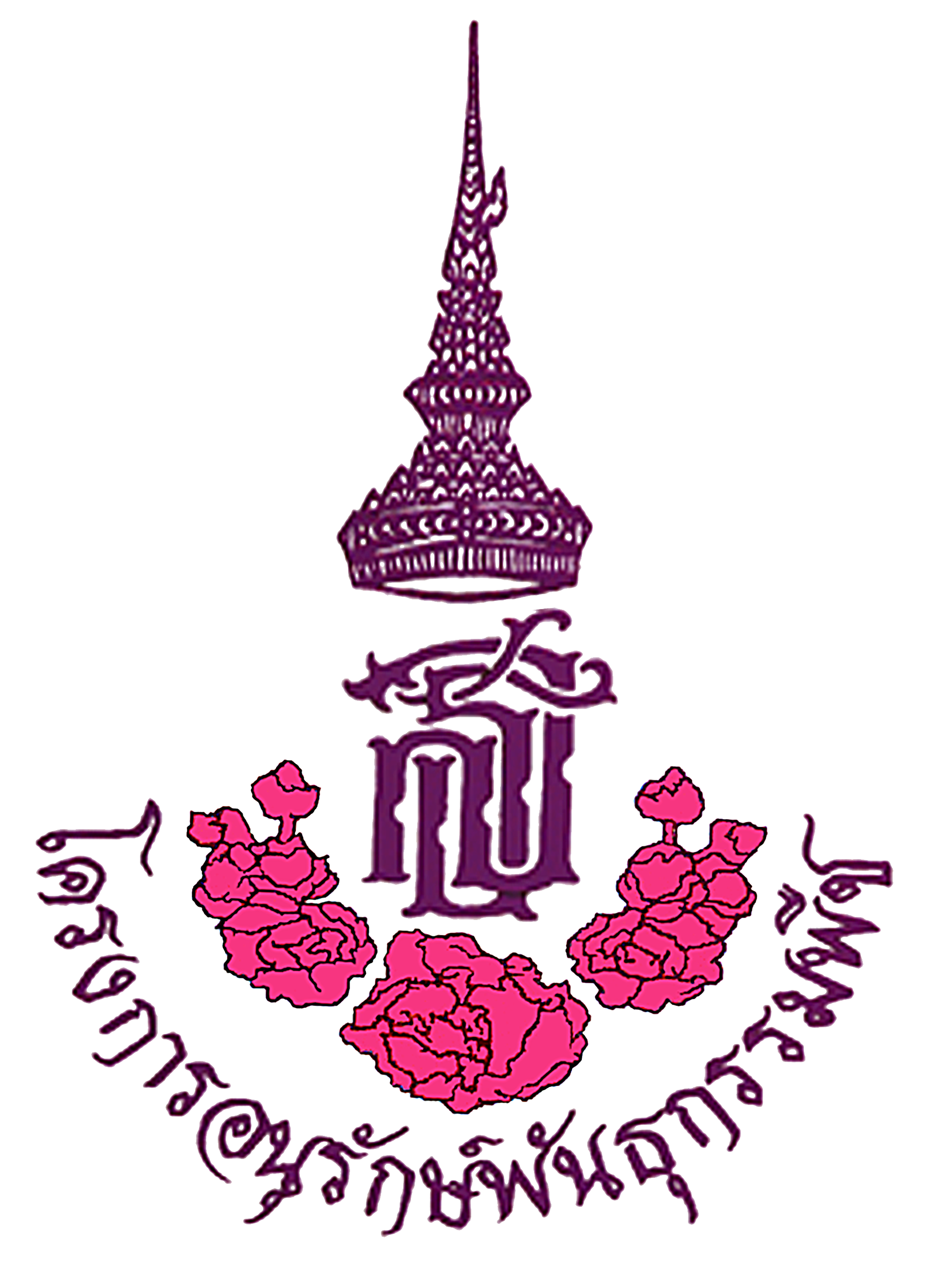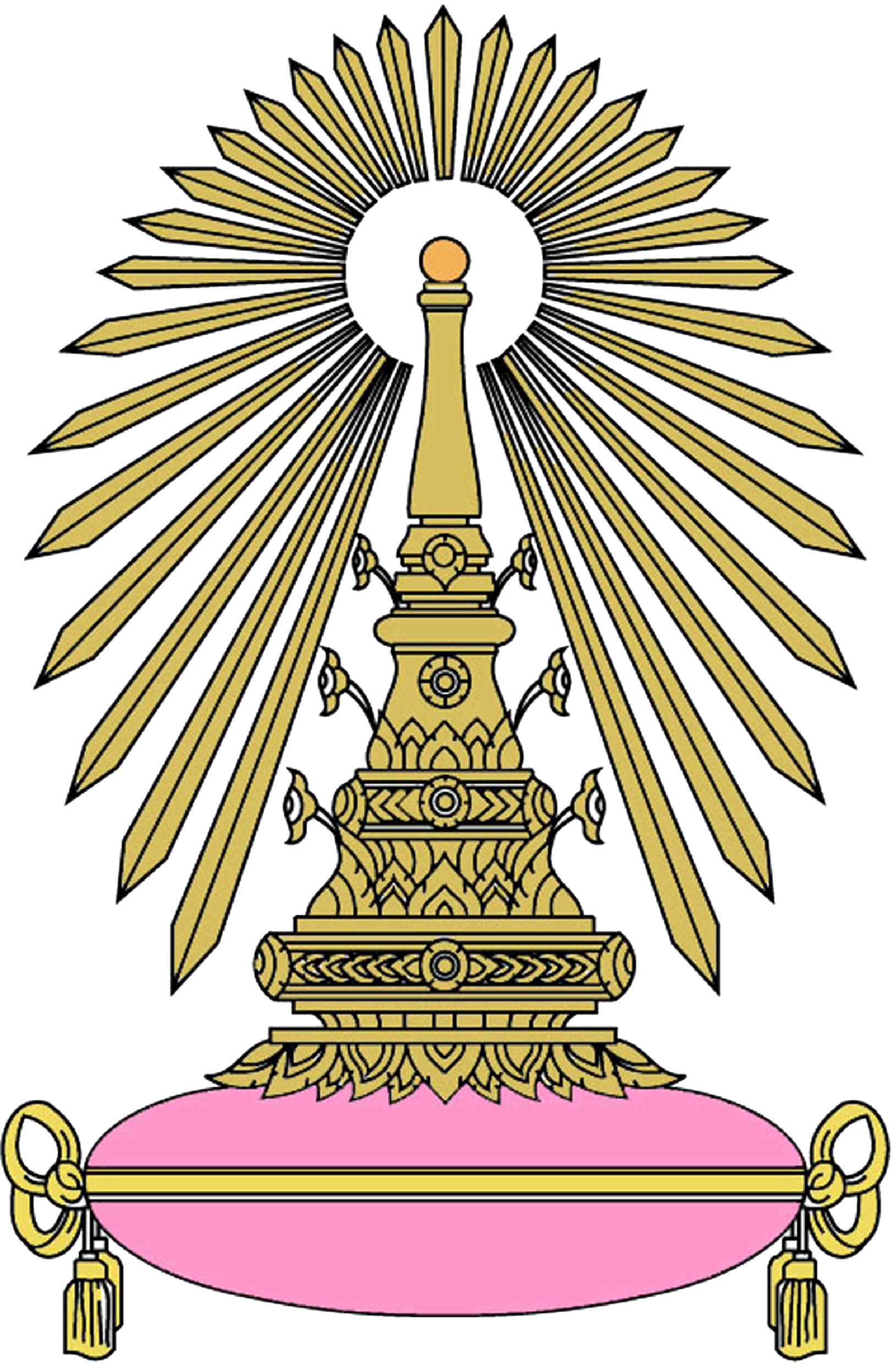 |
 |
 |
 |
 |
อันตรกิริยาของพืชสมุนไพรที่มีฤทธิ์ต้านเบาหวานในพื้นที่ของโครงการอนุรักษ์
พันธุกรรมพืช อันเนื่องจากพระราชดำริฯ กับหน้าที่การทำงานของพี-ไกลโคโปรตีน (Interaction between P-glycoprotein and anti-diabetic medicinal plants in the Plant Genetic Conservation Project area under The Royal Initiative of Her Royal Highness Princess Maha Chakri Sirindhorn) ผศ. ดร. สุรีย์ เจียรณ์มงคล |
บทคัดย่อ
การศึกษานี้มีวัตถุประสงค์เพื่อศึกษาและเปรียบเทียบผลของสารสกัดพืชสมุนไพร 4 ชนิดในพื้นที่ของโครงการอนุรักษ์พันธุกรรมพืช อันเนื่องจากพระราชดำริฯ ต่อการแสดงออกของ P-glycoprotein ในแบบจำลองเซลล์คาโค-2 ตัวอย่างพืชดังกล่าวประกอบด้วยลำป้าง (Pterospermum littorale Craib; วงศ์ Sterculiaceae) เขลง (Dialium cochinchinense Pierre; วงศ์ Fabaceae) พลองใบรี (Mamecylon plebejum Kurz. var. ellipsoideum Craib.; วงศ์ Melastomataceae) และโพทะเล (Thespesia populnea (L.) Soland.ex Corr.; วงศ์ Malvaceae) โดยส่วนของพืชทั้ง 4 ชนิดสามารถออกฤทธิ์ยับยั้งเอนไซม์ α-glucosidase ซึ่งเป็นเอนไซม์เป้าหมายของการใช้ยาในโรคเบาหวานได้ การศึกษาการแสดงออกของ P-glycoprotein ดังกล่าวจะวัดจากการเรืองแสงของ FITC-labeled P-gp antibody ที่เข้าจับกับ P-glycoprotein ที่ผิวเซลล์ ผลที่ได้จากการศึกษาพบว่าพลองใบรี และ โพทะเล (ในความเข้มข้นสูงสุดที่สามารถนำมาทดสอบได้) ไม่มีผลต่อการแสดงออกของ P-glycoprotein ในขณะที่ลำป้างและเขลงสามารถเพิ่มปริมาณของโปรตีนดังกล่าวได้ประมาณ 2 เท่าเมื่อให้สารสกัดดังกล่าวแก่เซลล์นาน 3 วัน โดยผลที่เกิดขึ้นแปรตามความเข้มข้นของสารสกัดพืชที่ใช้ในการศึกษา การเพิ่มระยะเวลาการให้สารจาก 3 วันเป็น 7 วัน ไม่มีผลเปลี่ยนแปลงการแสดงออกของโปรตีนแต่อย่างใด ดังนั้นจึงเป็นไปได้ว่าการนำลำป้างและเขลงมาใช้อาจทำให้เกิดปัญหาอันตรกริยาระหว่างยาจากคุณสมบัติในการเหนี่ยวนำการแสดงออกของ P- glycoprotein ซึ่งยังคงต้องศึกษาผลกระทบในด้านดังกล่าวต่อไปิ
คําสําคัญ: พี-ไกลโคโปรตีน อันตรกิริยาระหว่างยา เขลง พลองใบรี ลำป้าง โพทะเล
Abstract
The purpose of this study was to investigate and compare the effects of 4 herbal plants in the Plant Genetic Conservation Project area under The Royal Initiative of Her Royal Highness Princess Maha Chakri Sirindhorn on the expression of P-glycoprotein, using the in vitro model of the Caco-2 cells. The plants were selected into this study by its ability to inhibit α-glucosidase, which is a drug target for diabetic control. These plants included Pterospermum littorale Craib (Family Sterculiaceae); Dialium cochinchinense Pierre (Family Fabaceae); Mamecylon plebejum Kurz. var. ellipsoideum Craib. (Family Melastomataceae) and Thespesia populnea (L.) Soland.ex Corr. (Family Malvaceae). The expression of P-glycoprotein was assessed by flow cytometry with the use of a fluorescein isothiocyanate-conjugated anti-human P-gp antibody. The results demonstrated that extracts of M. plebejum and T. populnea at the highest concentration in this study were unable to affect the expression of P-glycoprotein. On the other hand, 3-day exposure of Caco-2 cells with extracts of D. cochinchinense and P. littorale increased the P-glycoprotein expression by approximate 2 folds. The induction effect of P. littorale was concentration dependent. Although the exposure period of Caco-2 cells to all the extracts was extended from 3 days to 7 days, the extent of P-gp expression did not increase correspondingly. The findings suggested that D. cochinchinense and P. littorale might be able to cause problems regarding P-glycoprotein-mediated drug interactions through their ability to increase P-gp expression. Further studies in this regard are needed.
Key words: P-glycoprotein, drug interaction, Pterospermum littorale, Dialium cochinchinense, Mamecylon plebejum, Thespesia populnea
งานวิจัยทั้งหมดมีลิขสิทธิ์
ผู้ละเมิดจะได้รับโทษสูงสุดตามที่กฎหมายกำหนด
สนใจข้อมูลเพิ่มเติม หรือมีข้อสงสัย
โปรดติดต่อโครงการฯ เพื่อการอ้างอิงหรือเผยแพร่ก่อนทุกครั้ง